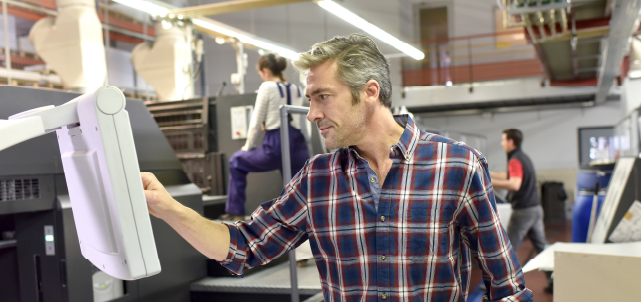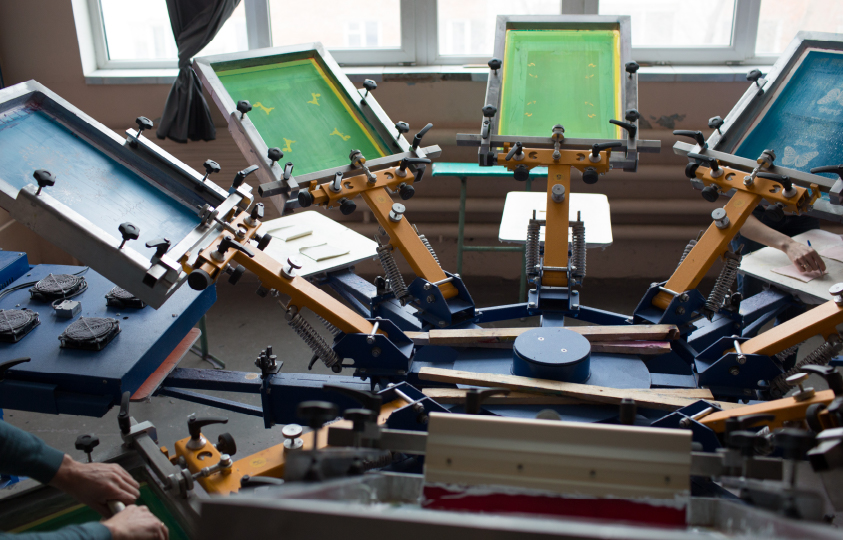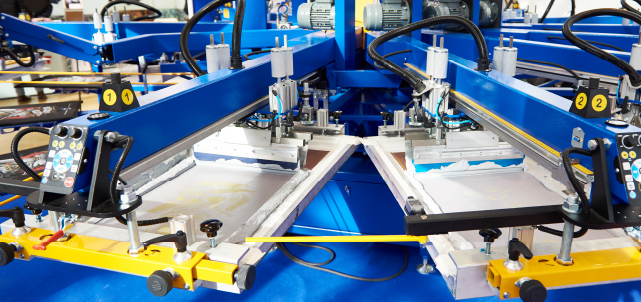As industries grapple with an aging workforce, shifting demographics, and evolving skill requirements, the manufacturing labor shortage has emerged as a critical issue with far-reaching implications. This shortage is a localized concern and a global phenomenon impacting sectors across the board. In this blog, we delve into the depths of this pressing issue, focusing on its repercussions within the print industry. By understanding the broader context of the worker shortage and its specific impact on print manufacturers, we aim to uncover innovative strategies and technologies that pave the way for resilience and growth in the face of adversity.
Understanding the Labor Shortage
The labor shortage presents a multifaceted challenge for the manufacturing industry in the United States. With a prediction of 2.1 million manufacturing jobs going unfilled by 2030, the shortage of skilled workers has become a pressing concern for businesses nationwide. As the National Association of Manufacturers advocates for solutions to bridge the gap between available jobs and qualified workers, the industry must adapt its work environment and practices to remain competitive in an increasingly dynamic landscape. The following are the most pressing challenges in the manufacturing labor market.
Recruiting Skilled Workers
Attracting and retaining skilled workers amidst the manufacturing labor shortage is a top priority for print businesses across the United States. Offering competitive salary and benefits packages, work-life balance, flexible work arrangements, as well as fostering a supportive work environment are essential strategies to entice and retain skilled workers. By providing opportunities for professional development and collaborating with educational institutions to develop tailored training programs, print manufacturers can demonstrate a commitment to investing in their employees’ long-term growth and success. Moreover, implementing recruitment initiatives that target diverse talent pools and promoting a positive workplace culture that values diversity and inclusivity can help print businesses stand out in a tight labor market, ultimately enabling them to attract and retain top talent despite the challenges posed by the worker shortage.

Bridging the Skills Gap
Addressing the skills gap through education and training initiatives has become a priority for print manufacturers seeking to cultivate a skilled workforce. Collaborating with educational institutions and industry associations, print businesses can develop tailored training programs that equip workers with the specialized skills and knowledge required for success in the print industry. Investing in apprenticeship programs, internships, and on-the-job training opportunities can also help bridge the skills gap and provide pathways for career advancement within the company. By prioritizing education and training initiatives, print manufacturers can address immediate staffing needs and lay the foundation for long-term success and sustainability amidst the challenges facing the manufacturing labor market.
Addressing Supply Chain Disruptions
Supply chain disruptions present significant challenges for print businesses, impacting production schedules and client satisfaction. To mitigate the effects of these disruptions, print manufacturers must proactively identify vulnerabilities within their supply chains and implement contingency plans to minimize risks. This includes diversifying suppliers, maintaining adequate inventory levels, and investing in technologies that enable real-time visibility and communication across the supply chain. By fostering collaboration and communication with suppliers and customers, print businesses can enhance resilience and adaptability, ultimately mitigating the impact of supply chain disruptions on their operations and maintaining high levels of customer satisfaction.

The Role of Computer-to-Screen (CTS)
Amidst the manufacturing labor shortage, computer-to-screen (CTS) technology has emerged as an ally for the print industry. With skilled workers in short supply, print businesses increasingly turn to automation and advanced technologies to streamline operations and mitigate reliance on manual labor. CTS technology revolutionizes the traditional screen-making process by eliminating the need for manual film positives or negatives, thus reducing labor-intensive tasks and minimizing the margin for error. By directly imaging screens using digital files, CTS systems offer unparalleled precision and efficiency, enabling print manufacturers to optimize their workflows and enhance print quality while simultaneously addressing labor shortages.
Moreover, CTS technology empowers print businesses to adapt to the evolving demands of the modern workforce. With a growing emphasis on flexibility and work-life balance, automation technologies like CTS enable print manufacturers to achieve greater operational flexibility without compromising productivity or quality. By automating repetitive and labor-intensive tasks, CTS systems not only alleviate the burden on existing workers but also open new opportunities for upskilling and specialization within the print industry. As print businesses navigate the challenges posed by the worker shortage, CTS technology emerges as a transformative solution that enhances efficiency and quality and fosters resilience and adaptability in an increasingly dynamic landscape.
CTS technology streamlines processes and minimizes reliance on manual labor, freeing skilled workers to focus on higher-value tasks. Additionally, by reducing the margin for error in screen-making processes, CTS technology enhances print quality and consistency, bolstering the reputation and competitiveness of print businesses in the market. Furthermore, CTS systems offer scalability, allowing print manufacturers to adjust production volumes according to demand fluctuations without compromising efficiency or quality. Overall, CTS technology is not just a tool for overcoming labor shortages; it is a catalyst for innovation and growth in the print industry, positioning businesses for long-term success amidst evolving market dynamics.
Discover Innovative Solutions
The manufacturing labor shortage poses significant challenges for the print industry, impacting recruitment efforts, supply chain stability, and skill development initiatives. However, by prioritizing employee well-being through initiatives such as flexible work arrangements and comprehensive benefits packages, print manufacturers can foster a positive work environment that attracts and retains top talent. Embracing innovative technologies like CTS systems enables print businesses to streamline operations and mitigate the impact of labor shortages on production efficiency. Additionally, investing in education and training programs addresses immediate staffing needs and cultivates a skilled workforce capable of driving long-term success and resilience in the face of adversity.
For print businesses seeking to optimize their operations and overcome labor shortages, EXILE Technologies offers cutting-edge solutions in CTS technology. With its advanced imaging systems and software solutions, EXILE Technologies empowers print manufacturers to streamline workflows, enhance print quality, and reduce reliance on manual labor. Discover how EXILE Technologies can revolutionize your print production process by contacting our team today!



